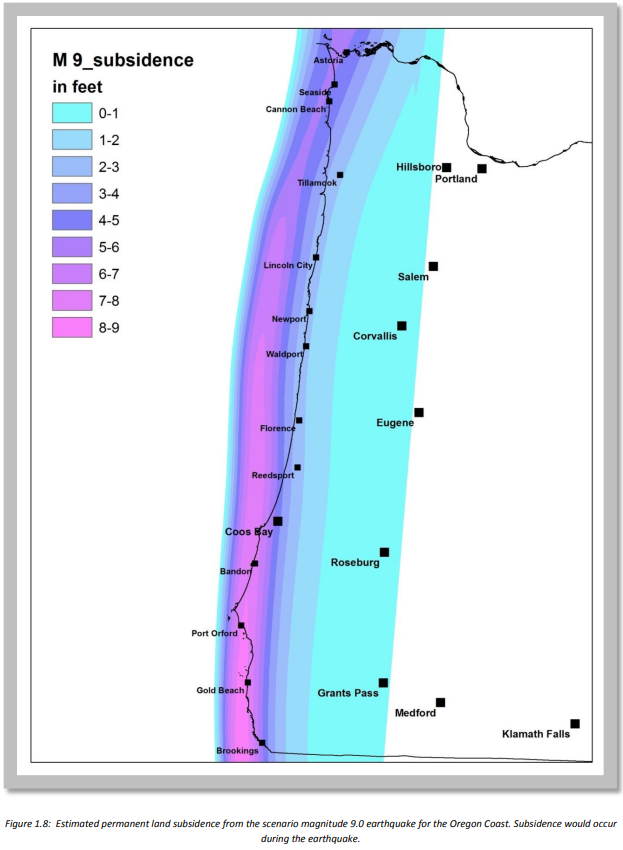Worst-Case Scenario - Surviving Cascadia
This article is available on www.survivingcascadia.com, published by Bridget Good. Please note that the contents of this article are not owned by us and are being shared for educational purposes only. We have obtained permission to share this article from Bridget Good, and it is important to mention that Sound Seismic is not affiliated with Surviving Cascadia.
This article discusses the worst-case scenario for the Western US in the event of a natural disaster. The article is divided into three parts. In Part 1, the article discusses the guarantees in the aftermath of natural disasters, including tsunamis, co-seismic subsidence, landslide risks, and liquefaction risks. Part 2 focuses on the San Andreas Fault and how it is linked to the Cascadia Subduction Zone, as well as the likelihood of a San Andreas earthquake being triggered by a Cascadia Subduction Zone megathrust earthquake. Part 3 discusses the Cascade Volcanoes and their potential to erupt in the event of a Cascadia Subduction Zone earthquake. Overall, the article provides a comprehensive overview of the potential consequences of a natural disaster in the Western US and what to expect in the aftermath.
When natural disasters strike, the size of the impacted area can affect how prepared you need to be for the aftermath. Let’s consider a worst-case scenario for the Western US.
Part 1: The Guarantees
Tsunamis:
We know that a Cascadia Subduction Zone megathrust earthquake will be paired with a devastating tsunami. This video by the National Oceanic and Atmospheric Administration shows a simulation of the January 26, 1700 tsunami. For more information about what tsunamis are, the expected impacts from a CSZ tsunami, and how to survive one, visit Surviving Cascadia’s Tsunami page.
Co-Seismic Subsidence:

The shaking will cause an immediate and permanent drop in elevation along the western edge of the North American Plate—a phenomenon known as co-seismic subsidence.
Earthquake-induced landslides (EILs)—the CSZ risk shown in the image below on the left— are those that are triggered by the transient stresses associated with strong seismic shaking. Liquefaction—the CSZ anticipated risk shown in the image on the right—is a phenomenon where saturated sand and silt take on the characteristics of a liquid during the intense shaking of an earthquake. Images from Oregon State University’s O-Help system.
Read the full article here: https://survivingcascadia.com/worst-case-scenario/





 Sound Seismic
Sound Seismic